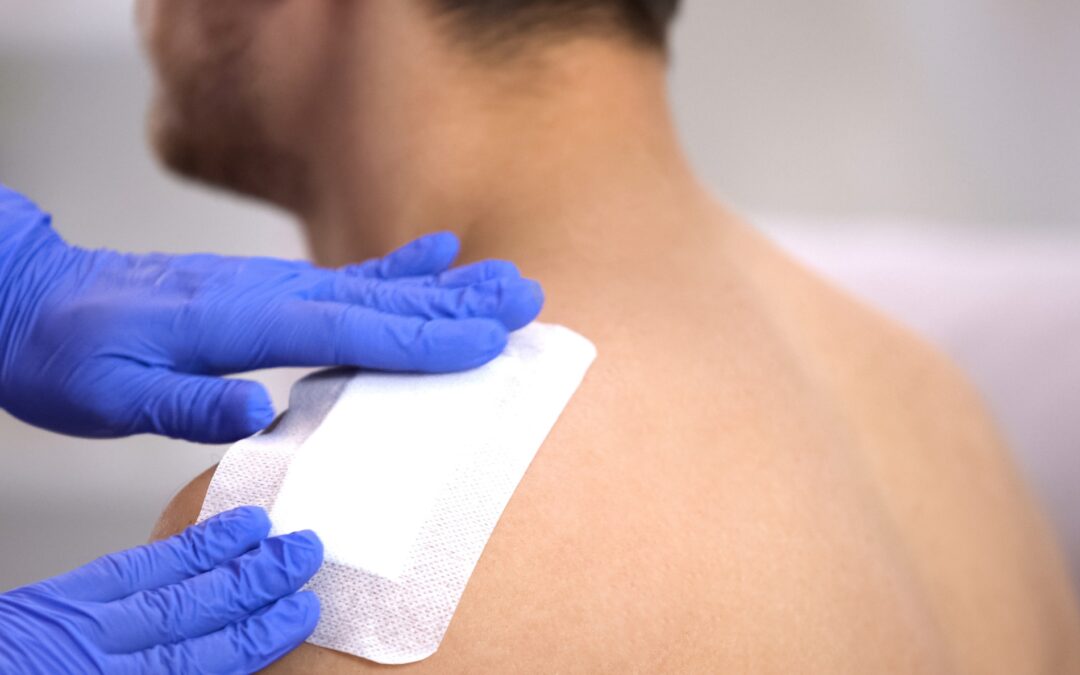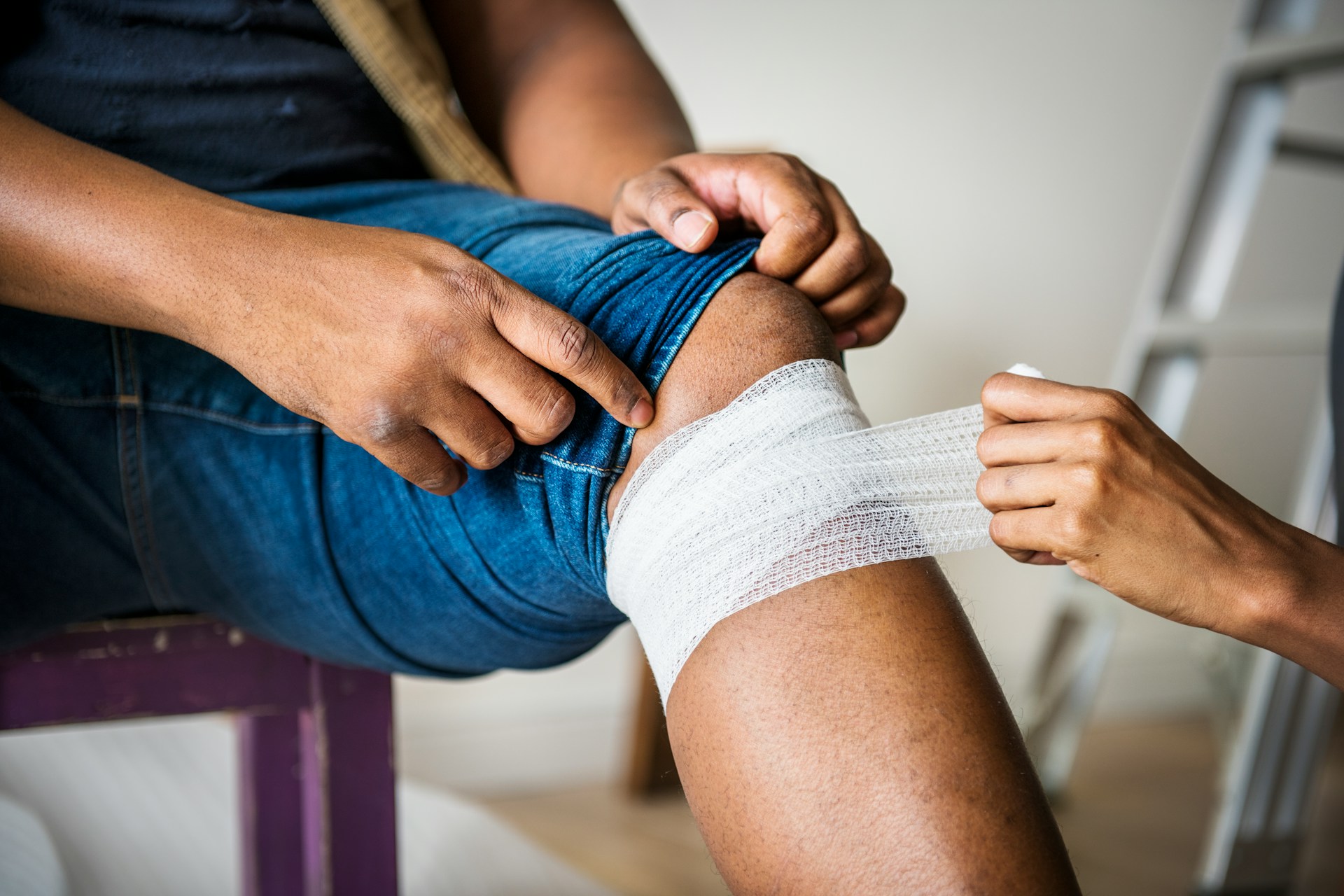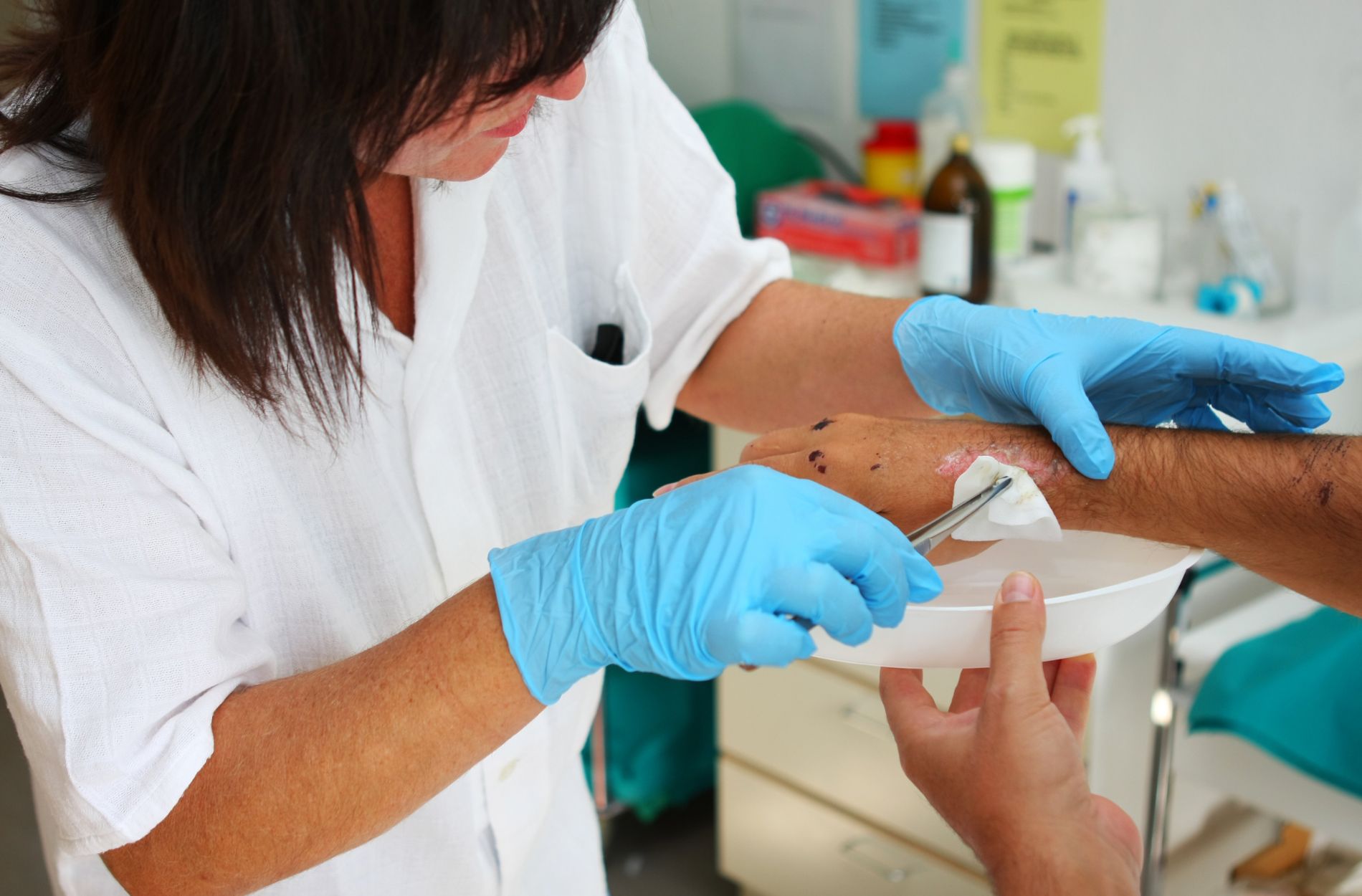Wound healing isn’t always a straight line. Some days feel like real progress, others feel like nothing has changed. That’s why it helps to know what to watch for along the way. Small signs can tell you if things are moving in the right direction or if you might need extra help. Recovery doesn’t happen overnight, but when you can recognize what healing looks like, it can ease stress and give you more control over the process.
For folks receiving care at home around Brentwood, staying on top of wound changes between visits is a big part of wound care management. You don’t need to be a medical expert to notice signs that your body is responding well. Getting familiar with basic wound care signs can make it easier to talk with your provider and help your healing stay on track.
Signs of Healing Progress
Healing usually means the wound is closing, the pain is less, and your body feels just a little better each day. These changes might seem small at first, but when they show up in a steady way, it’s a strong sign you’re headed in the right direction. Paying attention to daily changes without overanalyzing helps you stay honest about your recovery.
Here are a few simple ways to tell if a wound is healing properly:
1. Wound gets smaller over time
Shrinking size is one of the easiest ways to track progress. If the edges are coming together and the area is noticeably smaller after each visit, that’s good news. Make a mental note or even take a quick photo to compare.
2. Pain and discomfort start to ease
You might still feel soreness, especially during dressing changes, but if the pain isn’t as sharp or frequent as before, that’s progress. Stabbing or spreading pain, though, can be a red flag.
3. Swelling starts to fade
Early on, swelling may happen as part of the body’s effort to repair itself. But over time, the area should flatten out. If swelling sticks around or gets worse, it needs attention.
4. Skin color looks more natural
Early wound edges might look red or irritated. As things settle down, pinkish tissue forming across the surface is a strong sign of healing. Black, green, or dark red edges aren’t a good sign and may mean infection or tissue issues.
5. Drainage changes or decreases
Some drainage during healing is normal. Healthy wounds often shift from thick or yellowish fluid to lighter or minimal drainage. If you suddenly notice foul-smelling discharge or increased drainage, contact your provider.
Let’s say you’re recovering from a small pressure wound on your heel. If after one week you notice a smaller diameter, reduced redness, and less oozing, you’re probably on track. It’s not about looking perfect. It’s about steady, consistent improvement.
Wounds don’t all heal at the same speed, so focus on the overall direction rather than how fast it happens. Go slow, stay observant, and ask if something doesn’t seem right. Not every day will bring a big change, but even a small improvement counts.
Proper Wound Care Management in Brentwood
Healing doesn’t depend only on what your body does naturally. Wound care routines at home make a big difference, especially when support comes to you instead of requiring a trip. Sticking to daily steps helps make recovery smoother and lowers the chances of setbacks. In Brentwood, it’s about keeping an eye on the details that matter.
Regular cleaning and dressing changes are key. Keeping the wound clean prevents it from worsening. Follow your provider’s instructions on how often to change the dressing and which products to use. Using the wrong materials or skipping cleanings can delay healing or cause problems.
Here are a few tips to help keep healing on track:
– Wash your hands before and after touching the wound.
– Use only the dressings and ointments your provider recommends.
– Avoid switching brands without getting approval first.
– Keep the wound dry unless told otherwise.
– Watch for irritation around the area where tapes or dressings are applied.
Your body also needs fuel to rebuild. That means water, protein, and vitamins from well-balanced meals. Staying hydrated supports skin repair, and eating healthy food gives your immune system what it needs to function. In some cases, your provider may include nutrition planning as part of the care routine to support recovery.
Good habits and strong nutrition give your body a better chance to heal. Some types of wounds—such as pressure injuries or ulcers—need more focused care, especially in Brentwood long-term or home care settings. That’s where working closely with your provider really pays off.
When to Contact Your Provider
Even when you follow a thoughtful routine, wounds don’t always heal the way you expect. It helps to know what’s normal and what could be a sign that something’s not right. Acting early can keep a small issue from growing into a major setback.
Reach out to your provider if you see:
– Thick or foul-smelling discharge that wasn’t there earlier
– Fever, chills, or just feeling off
– Redness moving beyond the wound’s edges
– Bleeding that doesn’t stop with pressure
– Sudden or increasing pain in a spot that was healing
Quick communication with your care team can make all the difference. If you are unsure about what you’re seeing, it’s better to ask. Hoping it clears up on its own can add more confusion and worry to the process.
Here’s a simple real-world example. Someone recovering from a surgical wound in a Brentwood care facility saw good progress for several days. Then cloudy fluid appeared, and the redness around the stitches started spreading. Reaching out right away kept the issue from turning into a deep infection that would have required more aggressive treatment.
A good provider won’t brush off your concerns. They’ll listen, help you understand your wound’s condition, and adjust the care plan if needed. Having that kind of backup, especially with mobile care, means faster answers and help right where you’re most comfortable.
What Steady Healing Looks Like Day to Day
Healing doesn’t need to be perfect to be successful. Some days are hard. Other days might feel like a step backward. That’s part of the process. What matters is the long-term, steady trend toward healing. When you know what to watch for, it makes the whole recovery feel more manageable.
Being consistent with your wound care routine, sharing updates with your provider, and following the care plan can all make a strong difference in how things heal. Balancing sleep, healthy food, mindful movement, and observation might be a lot some days, but each effort plays a part.
You don’t have to do all of this alone. Help from skilled professionals who come to your home or care facility can take the pressure off and give you peace of mind. Wound healing takes patience, but with the right care and support, you can feel more confident at every step.
Steady healing takes more than just time. It requires attention, persistence, and sometimes a little extra help. If you’re looking for support through wound care management in Brentwood, reach out to Southern Wound Care. We bring experienced care right to your doorstep, making sure each part of your recovery is guided by people who care. Whether you’re at home or in a facility, our mobile team is here to help make healing a little easier.




